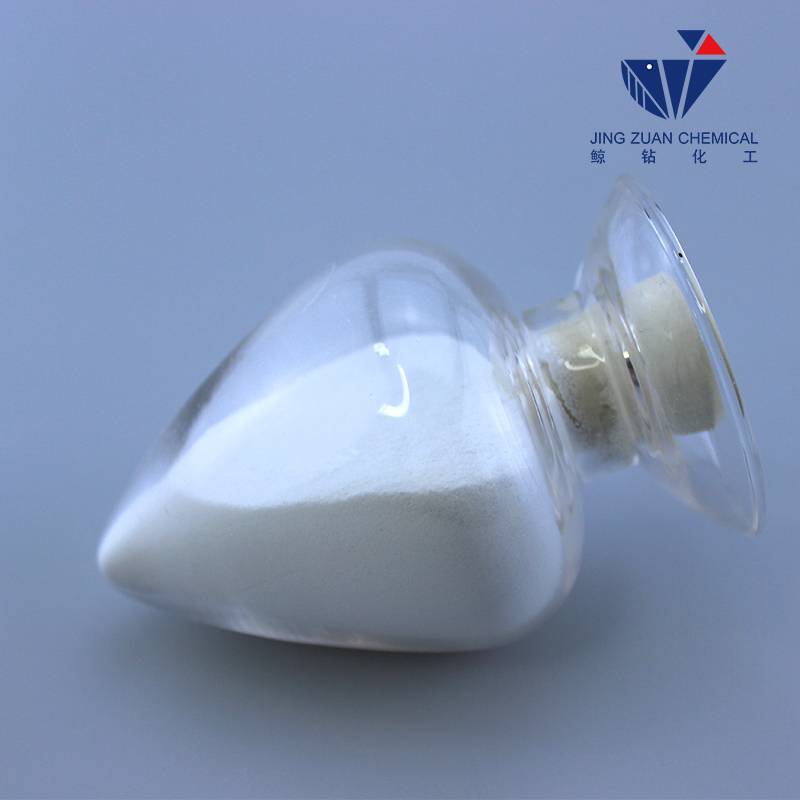
Sht . 04, 2024 14:52 Back to list
hpmc grades
Understanding HPMC Grades A Comprehensive Overview
Hydroxypropyl methylcellulose (HPMC) is a versatile and popular cellulose ether used widely across numerous industries, particularly in pharmaceuticals, food, construction, and cosmetics. One of the significant aspects of HPMC is the variation in its grades, each tailored to specific applications and desired properties. Understanding these grades is crucial for selecting the right type for any given application.
HPMC grades are primarily classified based on their viscosity, the degree of substitution, and intended usage. The viscosity of HPMC solutions can vary significantly, generally ranging from low (around 1000 mPa·s) to high (over 100,000 mPa·s) at a concentration of 2% in water. The viscosity affects the behavior of the material in solution, influencing factors like gel formation, binding properties, and controlled release in pharmaceutical applications.
Understanding HPMC Grades A Comprehensive Overview
The choice of HPMC grade also significantly impacts specific performance properties. In pharmaceuticals, the grade selection depends on the formulation's requirements. Low-viscosity HPMC grades are often used for solid dosage forms, such as tablets and capsules, where binding and disintegration characteristics are paramount. In contrast, higher viscosity grades are beneficial for sustained-release formulations, allowing for controlled drug release over time.
hpmc grades

In the food industry, HPMC grades serve various functions, such as thickening agents, emulsifiers, and stabilizers. They contribute to the texture and consistency of food products, enhancing mouthfeel while also extending shelf life. The food-grade HPMC is often selected for its non-toxic nature and its ability to interact with other ingredients without altering their nutritional properties.
In construction, HPMC acts as a water retention agent in cement and gypsum products. This property ensures improved workability and adhesion, making it invaluable for tile adhesives, plaster, and other building materials. The ability of HPMC to control water evaporation is crucial in maintaining the integrity of construction materials and achieving optimal results.
In cosmetics, HPMC serves as a thickener and emulsifying agent, contributing to product stability and texture. It allows for the creation of smooth, aesthetically pleasing formulations ranging from lotions to gels. Moreover, HPMC's non-ionic nature makes it suitable for sensitive skin applications, as it is less likely to cause irritation compared to other thickening agents.
In conclusion, the diversity of HPMC grades reflects their adaptability and the wide range of applications across industries. Selecting the appropriate grade requires an understanding of the specific needs of the application, as well as the properties imparted by different HPMC formulations. As industries continue to evolve, the importance and applications of HPMC grades will undoubtedly expand, driving innovation and enhancing product development.
-
What is HPMC?
NewsJun.06,2025
-
Understanding Redispersible Powder: The Future of Construction Materials
NewsJun.06,2025
-
Understanding RDP Powder: The Ultimate Solution for Your Construction Needs
NewsJun.06,2025
-
Pure HPMC: The Ideal Solution for Modern Construction and Building Materials
NewsJun.06,2025
-
Methyl Hydroxyethyl Cellulose: A Versatile Chemical Compound
NewsJun.06,2025
-
Hydroxyethyl Cellulose Power: The Essential Chemical for Various Industries
NewsJun.06,2025







